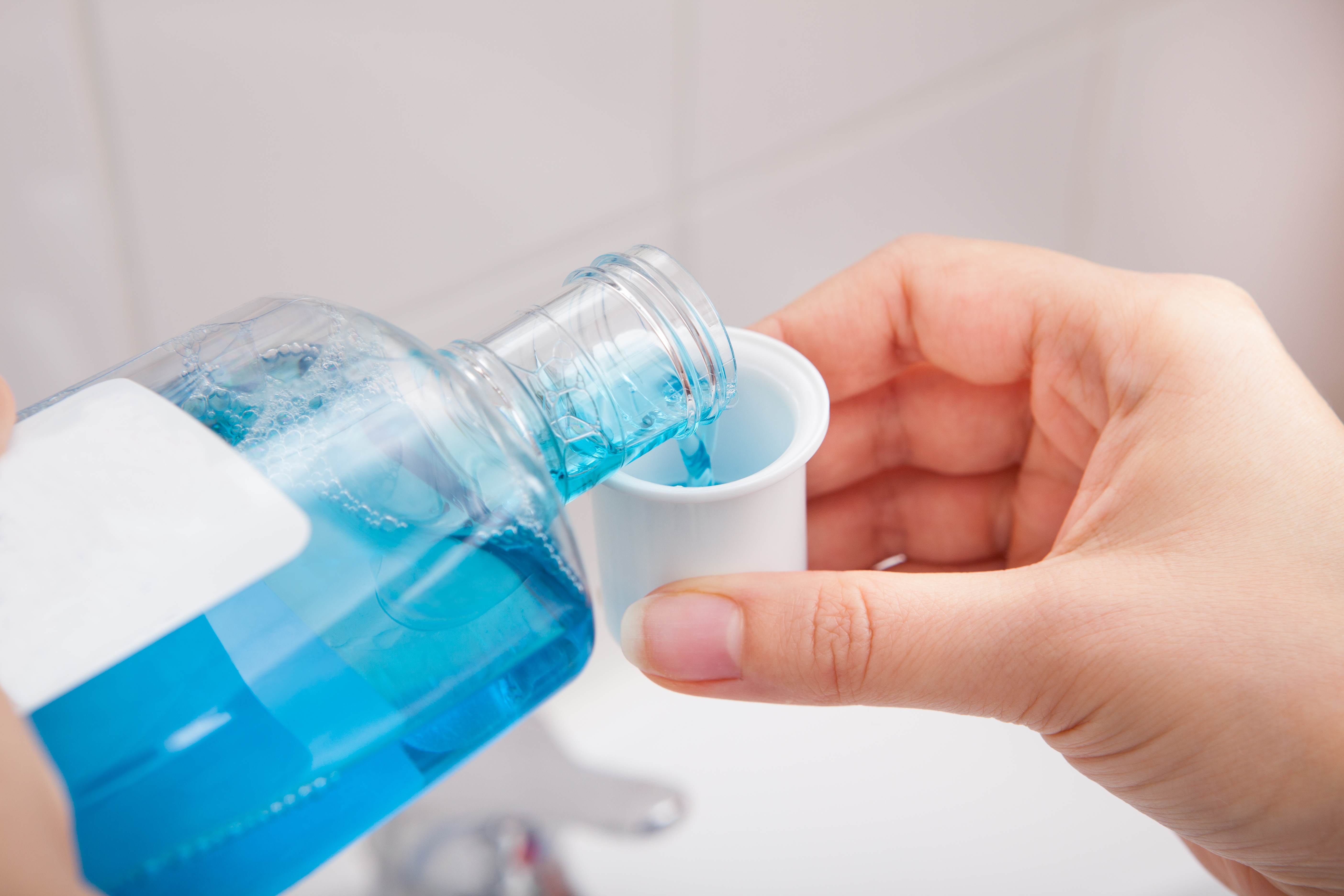3 MUST-HAVES FOR YOUR CHILD’S DENTAL ROUTINE
From toothpaste to floss, your child has a lifetime of oral health ahead of him. Steer him in the right direction by knowing when to introduce these dental hygiene products.
Start with toothpaste.
Your child is ready for a smear of fluoridated toothpaste after the first tooth erupts. Once your child is able to spit out excess toothpaste (usually around age 2), he can go up to a pea-sized amount. Ask your pediatric dentist to show you the difference between a smear and a pea-sized amount of toothpaste at your first visit.
Children will continue to need help brushing their teeth until they have the proper dexterity to tie their shoes (usually around age 5 or 6). Teeth should be brushed twice daily—once after breakfast and again before bed.
Say yes to floss.
Don’t be surprised if your child’s dentist recommends flossing around age 2 to 3. While brushing teeth properly and consistently helps to remove most dental plaque, it can’t get to hard-to-reach places like between the teeth. Flossing:
- clears away debris that sticks to teeth and gums.
- polishes tooth surfaces.
- may help control bad breath.
For the best benefit, help your child floss at least once a day for two to three minutes. By the time your child reaches 8 to 10 years of age, he should be able to floss on his own.
Swirl and swish with mouthwash.
Children ages 7 and up can rinse with mouthwash if they’re able to spit it out without swallowing. They must understand mouthwash is a rinse, not a drink.
Test your child by pouring a small amount of water into a cup. Have them rinse and spit the water back out into the cup. If they spit it all water back, they are ready for mouthwash!
Check the manufacturer’s label for precautions and discuss the use of mouth rinses with your child’s pediatric dentist. Regular use of a fluoride mouth rinse can provide additional protection against tooth decay.
Remember, the earlier you start your child on their oral hygiene journey, the happier and healthier their gums will be. Plus, you’re teaching them skills they can use for the rest of their lives.

